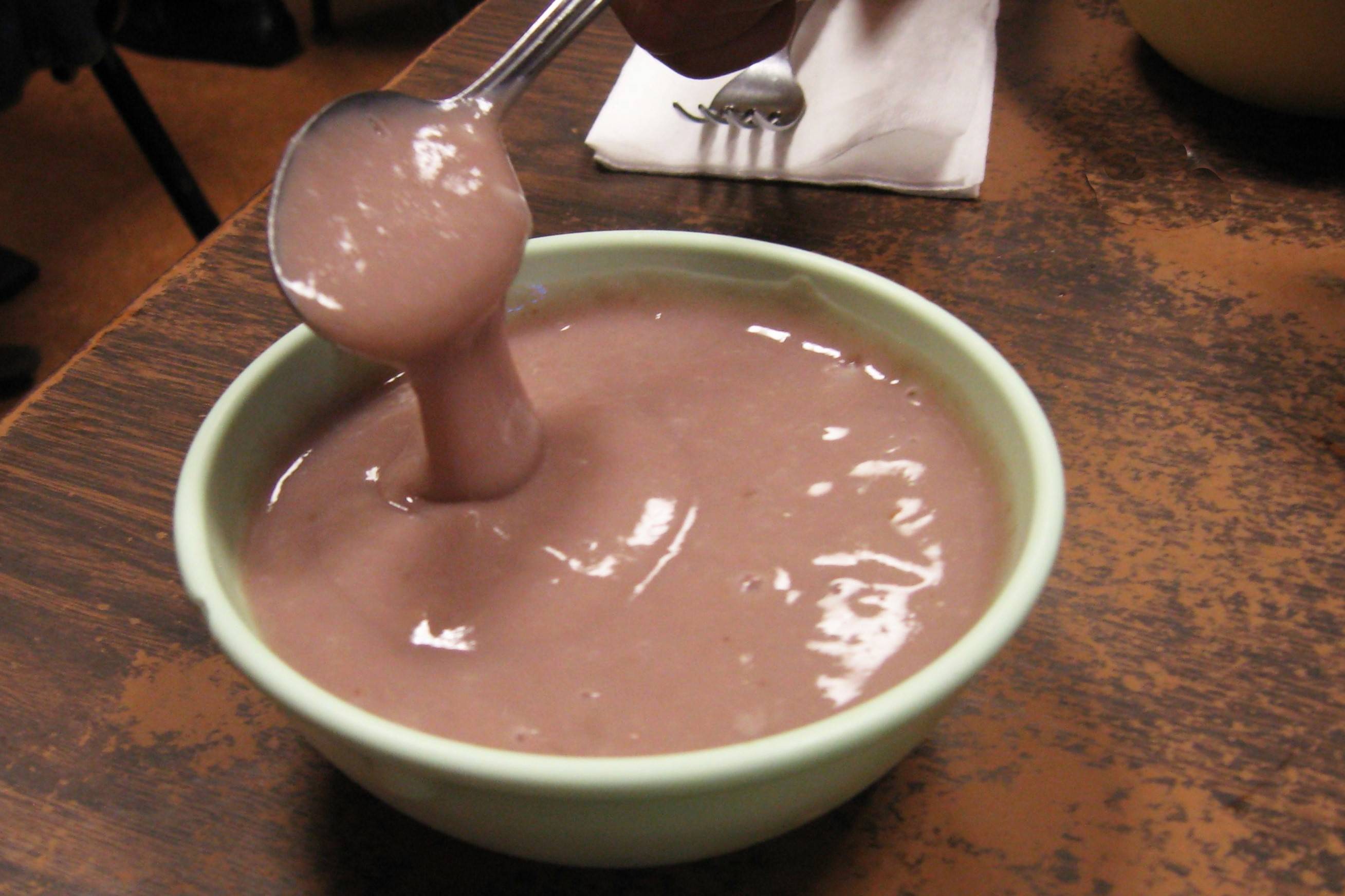Secrets Behind Hawaiian Poi You Never Knew

Have you ever wondered what makes Hawaiian poi so special? This traditional dish, made from taro root, holds a unique place in Hawaiian culture. Poi has a smooth, sticky texture and a slightly tangy taste that can be an acquired flavor for newcomers. It's not just a food; it's a symbol of community and tradition. Families often gather to prepare and enjoy poi together, making it a central part of many celebrations. Whether you're planning a trip to Hawaii or just curious about its culinary traditions, understanding poi can give you a deeper appreciation for the islands' rich heritage.
What is Hawaiian Poi?
Hawaiian Poi, a traditional staple, holds deep cultural significance. Made from taro root, this dish has been enjoyed for centuries. Let's uncover some secrets behind this unique food.
How is Poi Made?
The process of making Poi is both simple and fascinating. Here's a step-by-step look:
- Harvesting Taro: Taro roots are carefully harvested from wetland fields known as lo'i.
- Cleaning and Peeling: The roots are thoroughly cleaned and peeled to remove any dirt.
- Steaming or Boiling: Taro is then steamed or boiled until soft.
- Pounding: The cooked taro is pounded using a traditional wooden board and stone pestle called a papa ku'i'ai and pohaku ku'i'ai.
- Mixing with Water: Water is gradually added to achieve the desired consistency, from thick to thin.
Nutritional Benefits of Poi
Poi isn't just culturally significant; it's also packed with nutrients. Here are some health benefits:
- Rich in Fiber: Helps with digestion and maintaining a healthy gut.
- Low in Fat: A great option for those watching their fat intake.
- Gluten-Free: Suitable for people with gluten intolerance or celiac disease.
- High in Vitamins: Contains vitamins A, B, and C, essential for overall health.
- Easily Digestible: Ideal for babies, elderly, and those with digestive issues.
Cultural Significance of Poi
Poi is more than just food; it's a symbol of Hawaiian culture and tradition. Here’s why:
- Family and Community: Poi is often shared during family gatherings and community events, fostering unity.
- Spiritual Connection: Taro, the plant from which Poi is made, is considered sacred in Hawaiian mythology.
- Sustainability: Taro farming promotes sustainable agricultural practices.
- Historical Roots: Poi has been a part of Hawaiian diet for centuries, connecting present generations to their ancestors.
- Culinary Heritage: Represents the ingenuity and resourcefulness of Hawaiian people.
Different Types of Poi
Poi comes in various forms, each with its own unique taste and texture. Here are some types:
- One-Finger Poi: Thick consistency, eaten with one finger.
- Two-Finger Poi: Slightly thinner, requiring two fingers to scoop.
- Three-Finger Poi: Thinnest consistency, scooped with three fingers.
- Sweet Poi: Mixed with sugar or honey for a sweeter taste.
- Sour Poi: Left to ferment, giving it a tangy flavor.
How to Enjoy Poi
Poi can be enjoyed in many ways. Here are some popular methods:
- As a Side Dish: Often served alongside traditional Hawaiian dishes like Kalua pig or Lomi salmon.
- With Fish: Complements the flavors of fresh fish dishes.
- In Desserts: Used in recipes for cakes, puddings, and other sweets.
- As Baby Food: Given to infants due to its smooth texture and nutritional benefits.
- Fermented: Some prefer the tangy taste of fermented Poi.
Where to Find Poi in Hawaii
If you’re visiting Hawaii, here are some places to try authentic Poi:
- Waiahole Poi Factory: Known for its traditional preparation methods.
- Helena's Hawaiian Food: Offers a variety of Hawaiian dishes, including Poi.
- Highway Inn: A popular spot for locals and tourists alike.
- Yama's Fish Market: Fresh Poi available daily.
- Haili's Hawaiian Foods: Family-owned, serving Poi for generations.
Poi's Cultural Significance
Poi isn't just a food; it's a symbol of Hawaiian culture. Made from taro root, this dish has been a staple for centuries. It connects people to their heritage and traditions. Eating poi is a way to experience the island's history firsthand.
Preparing poi is an art. The process involves peeling, steaming, and pounding taro until it reaches a smooth, sticky consistency. This method has been passed down through generations, preserving its authenticity.
Poi also offers health benefits. It's rich in vitamins and minerals, making it a nutritious addition to any diet. Its hypoallergenic properties make it suitable for almost everyone.
Next time you visit Hawaii, try poi. You'll not only enjoy a unique taste but also gain a deeper appreciation for Hawaiian culture. This simple dish holds a wealth of history and tradition in every bite.

